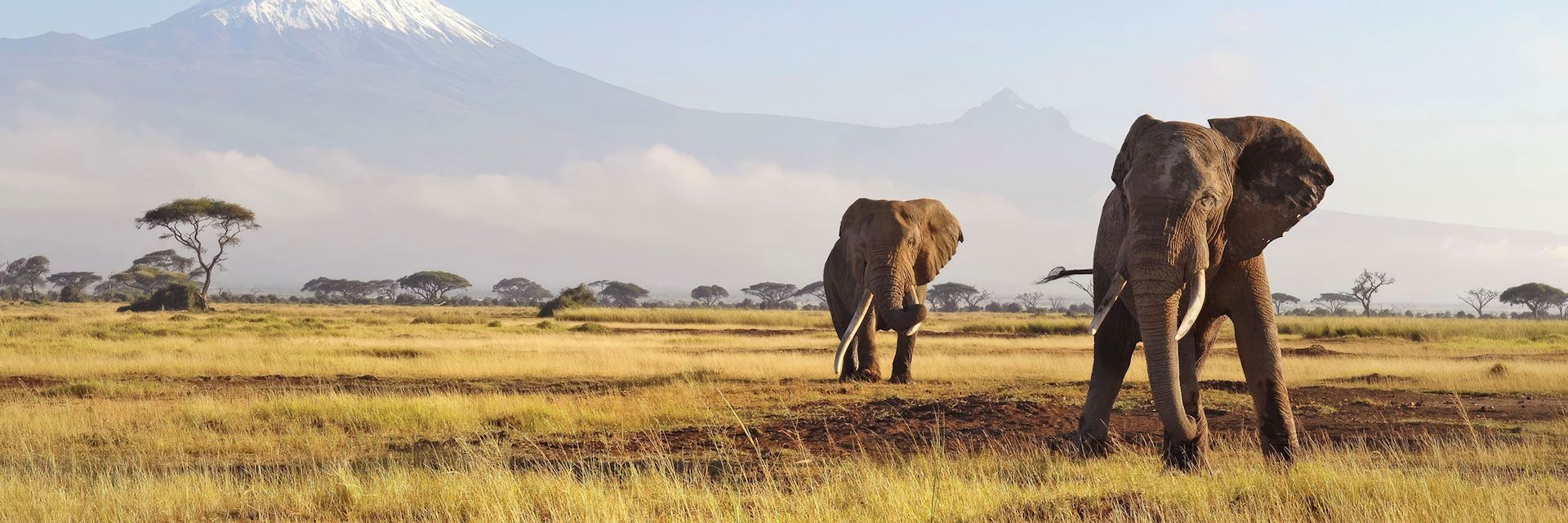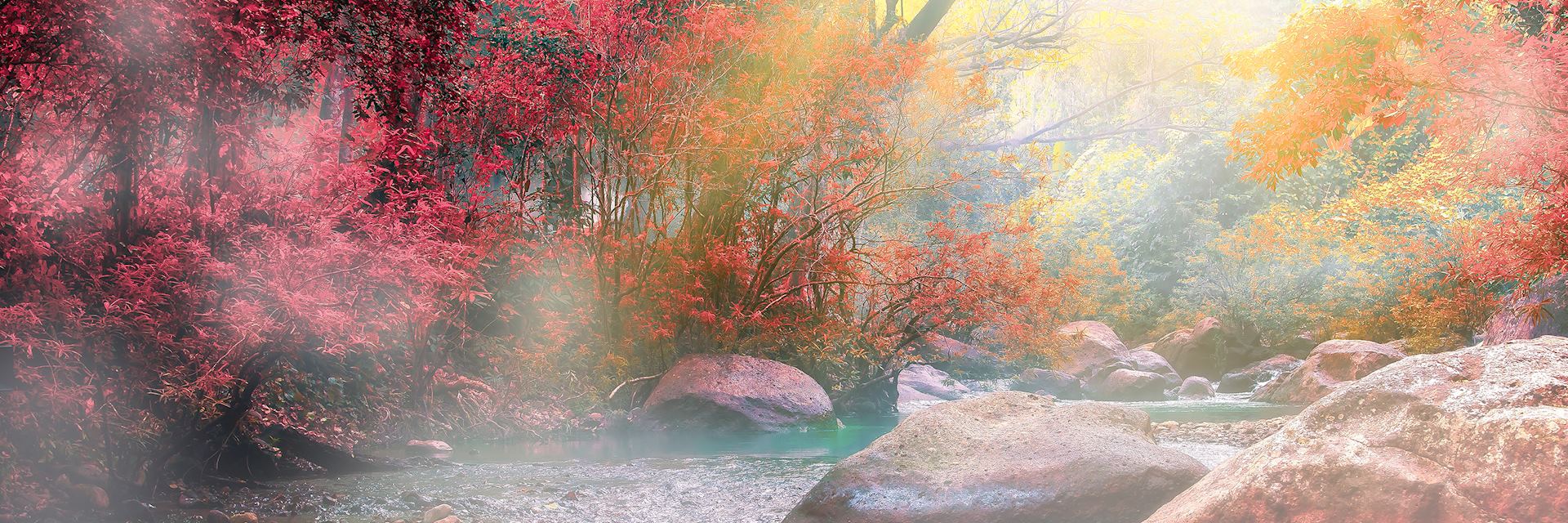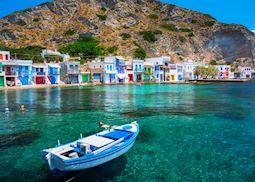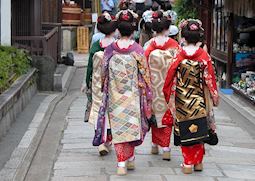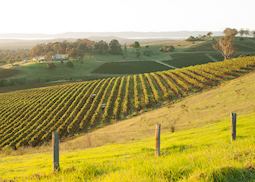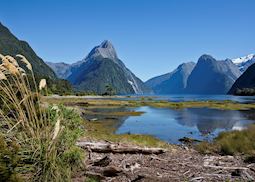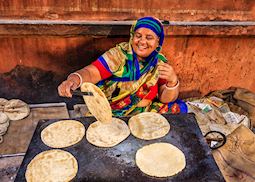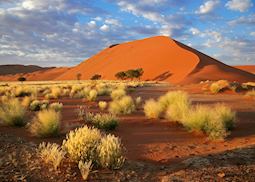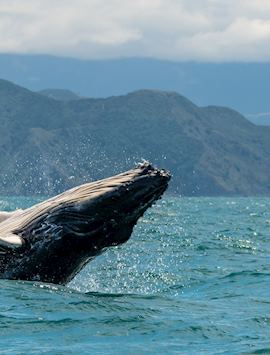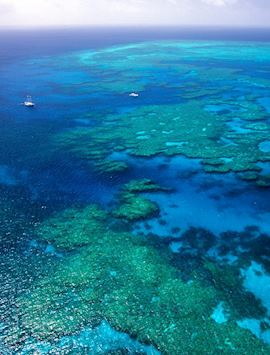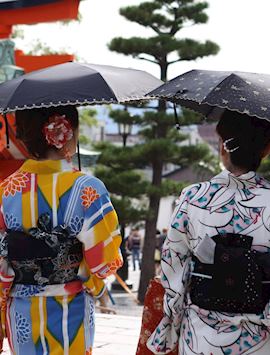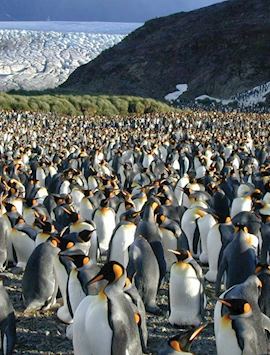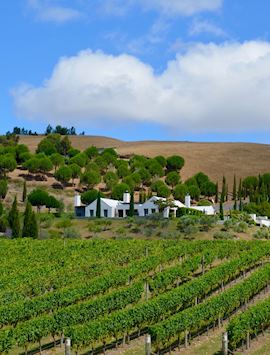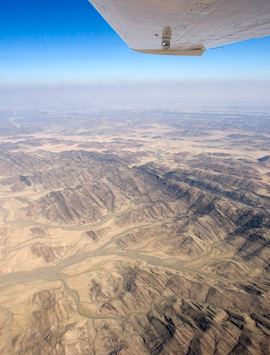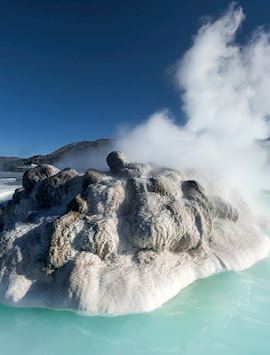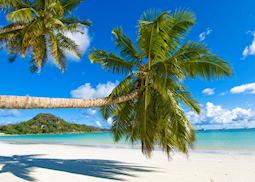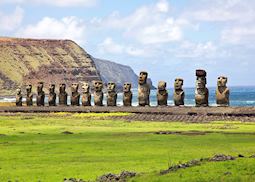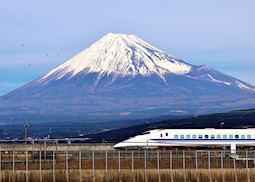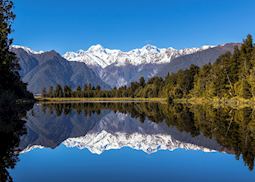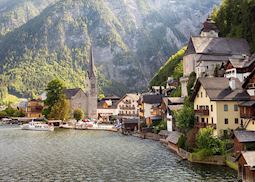
Inspire your travels
Browse our latest inspiration pages to start planning your next adventure. We arrange trips to more than 80 destinations throughout the world and across each continent.
-
![Hallstatt, Austria]() Where will you go?
Where will you go? -
![Kerala Backwaters]()
Top river cruises
Cruises through the heart of your destination -
![Milos]()
Where to go this fall
Start planning now
Suggested tours
The tours featured throughout our website are intended to give you ideas for what's possible when you travel with us. Treat them simply as inspiration, because your trip will be created individually by one of our specialists to match your tastes and budget.
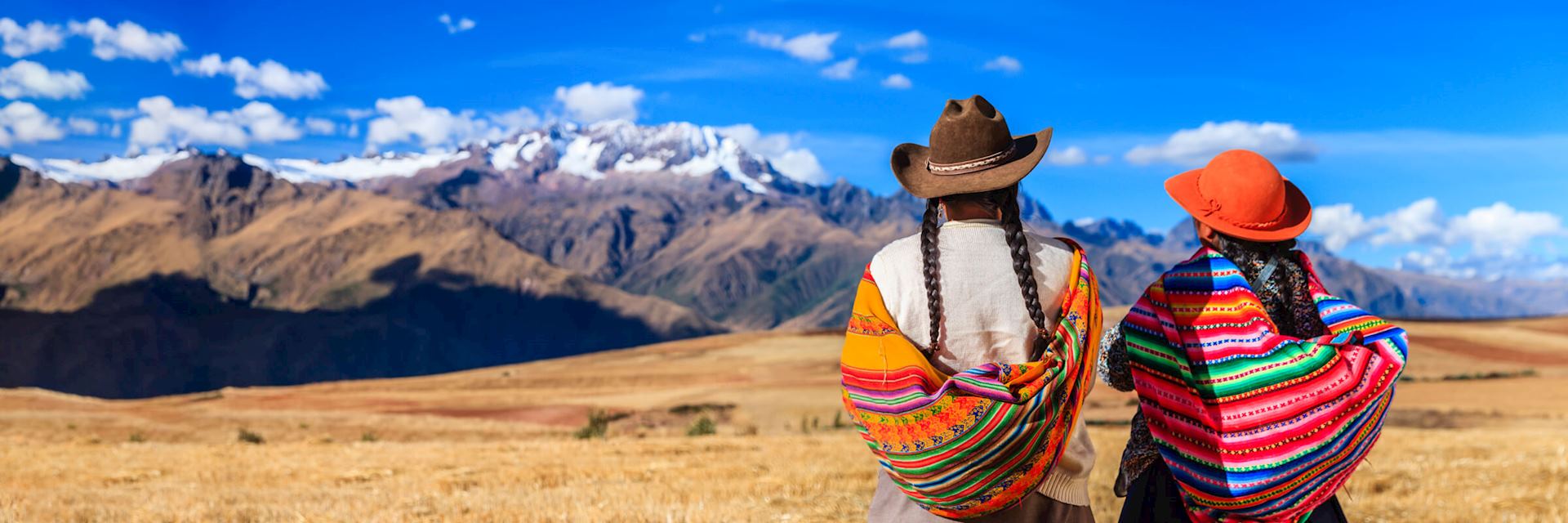
Why we stand out from the crowd
Our philosophy is a simple one. To offer you the best travel experience possible. We believe the only way to achieve this is to have genuine experts for each and every destination, we call them specialists. They'll design a trip around you, to match your interests, tastes and budget, and created with an absolute commitment to quality.
98% of our clients would recommend us to a friend
Learn moreTrip ideas to match your interests
Whether you want to stay in simple or luxurious accommodation, have a particular passion for wildlife, art or experiencing the great outdoors, or you're planning a trip for a special occasion, we can create an itinerary to match your interests and tastes.
